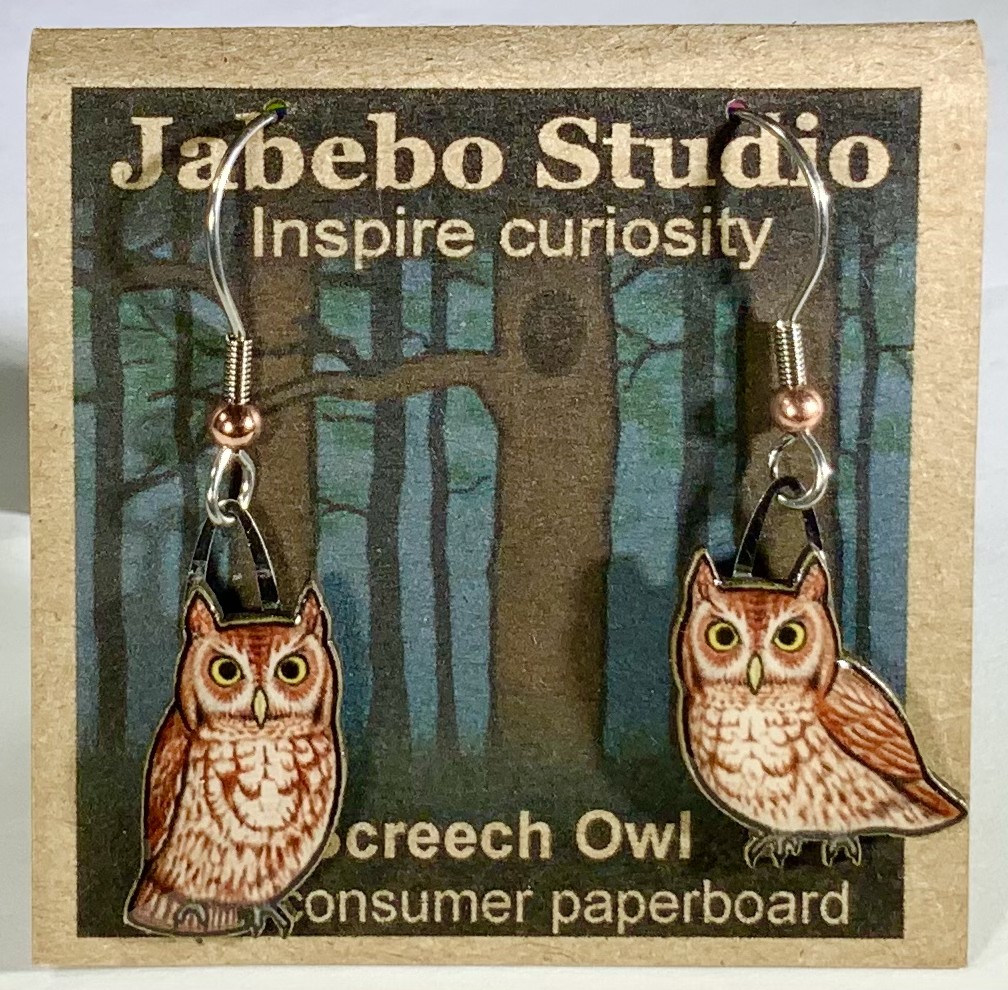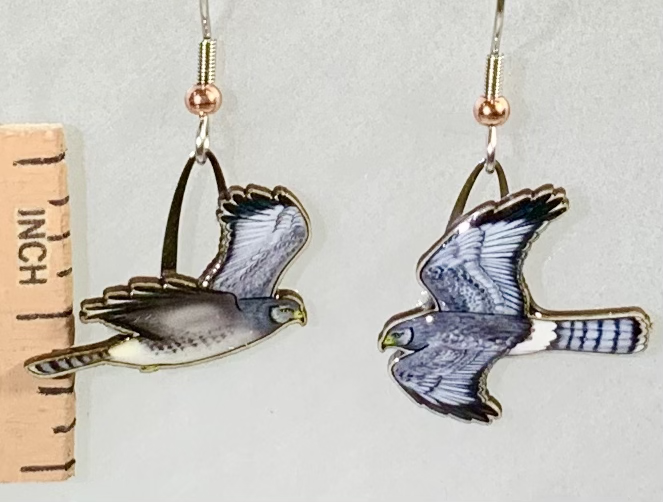
A hawk that specializes on open wetlands and ranges throughout North America. Nesting is concentrated in the northern latitudes while migrants are commonly seen in southern marshes.
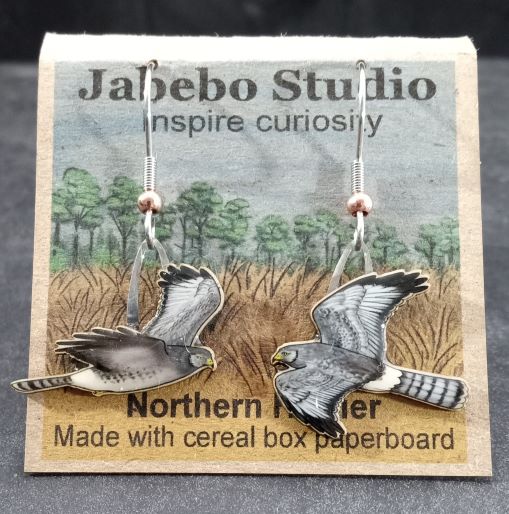
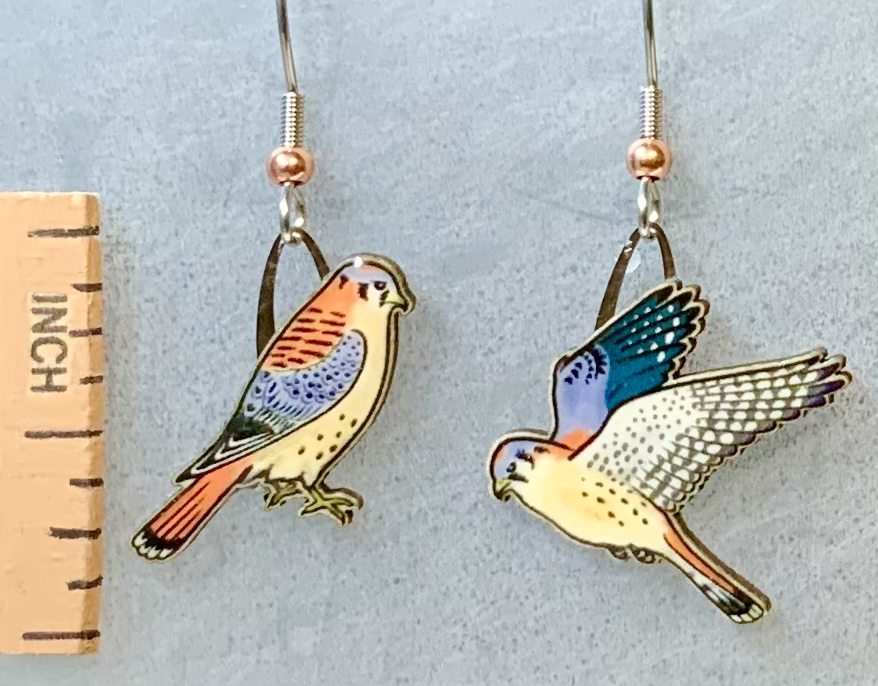
A small, almost song bird sized, falcon that lives year round through much of the US and moves north to breeds throughout Canada. Kestrels like open habitat including spaces modified by human habitat and agricultural activities. However, their populations are declining possibly because of pesticides impacting ether prey and the loss of dead standing trees with cavities they need to nest in.
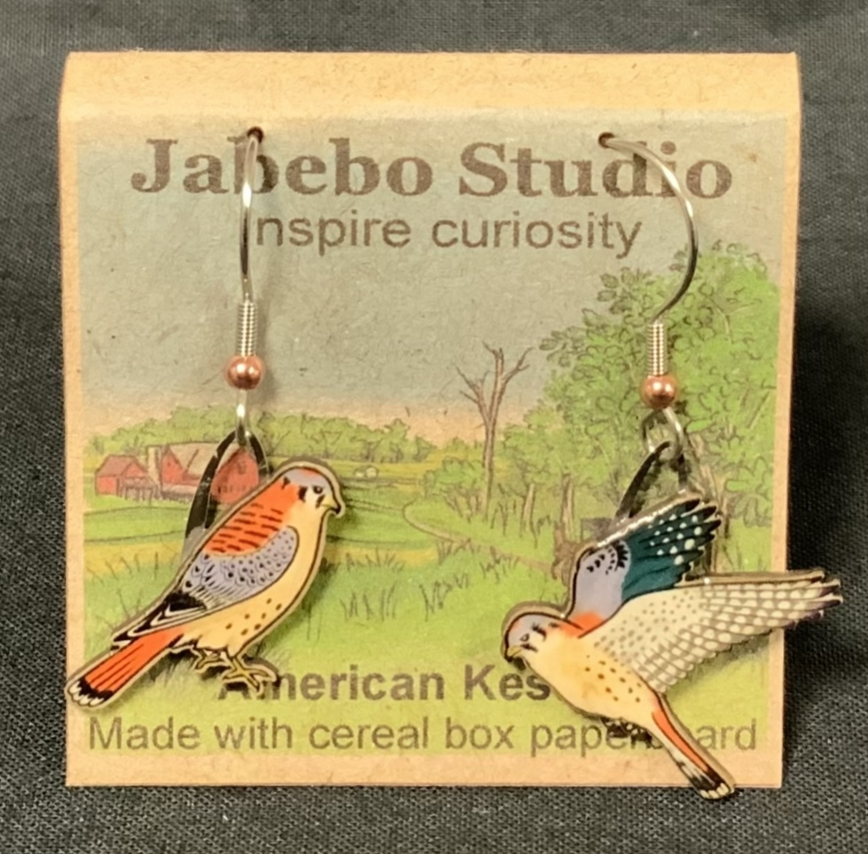
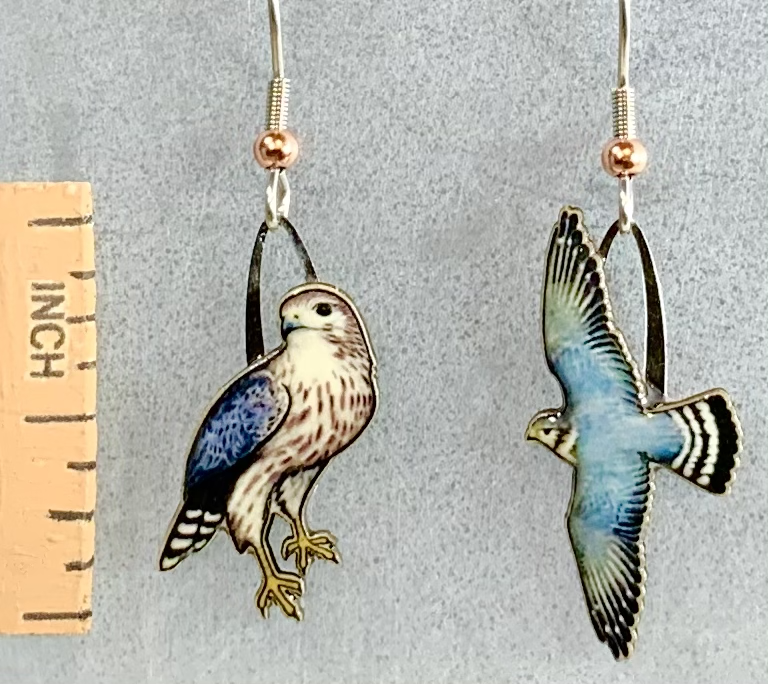
A small falcon that that breeds mostly in Canada and the northwestern US. As a migrant they can be seen in all regions of the United States though they are not a common bird.
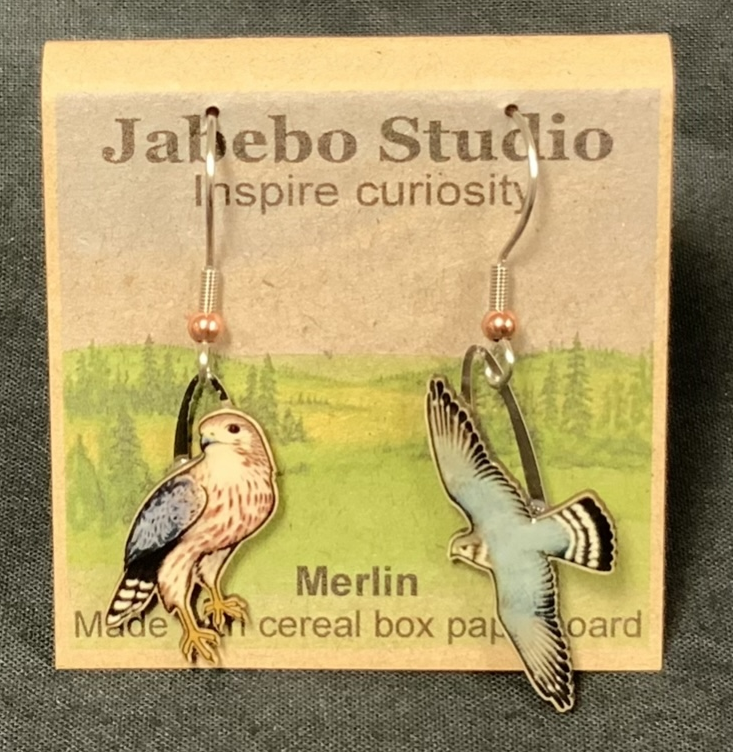
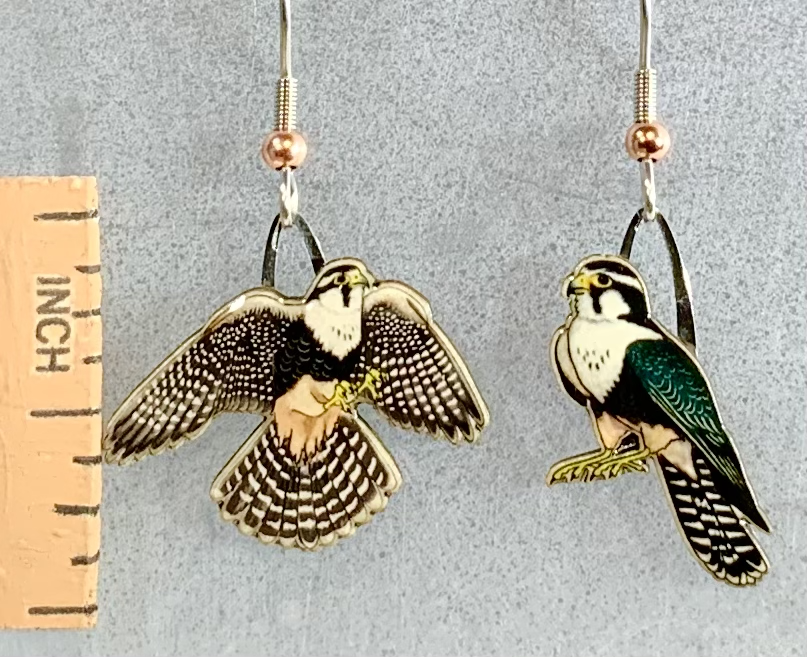
This bird once inhabited a larger range including scrub and prairie habitat of the southern Midwest. With efforts to reintroduce the population to the US one may now see breeding individuals at Laguna Atascosa NWR in Southern Texas.
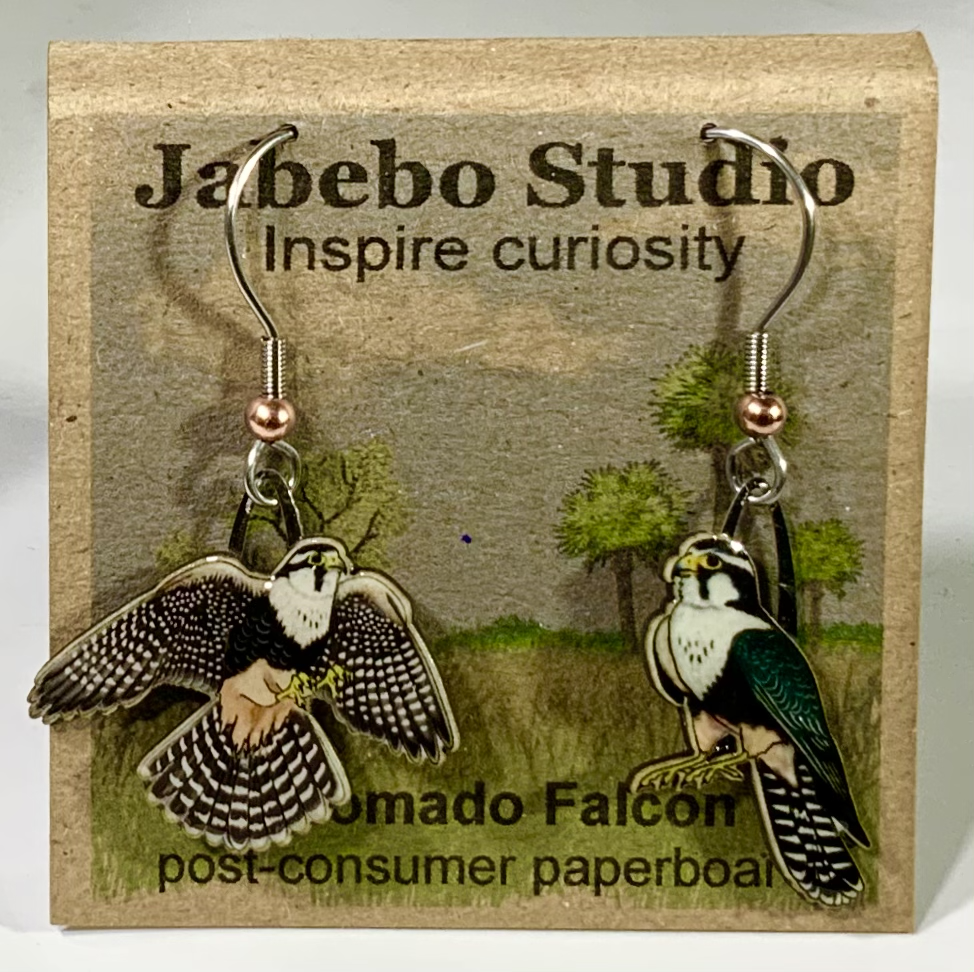
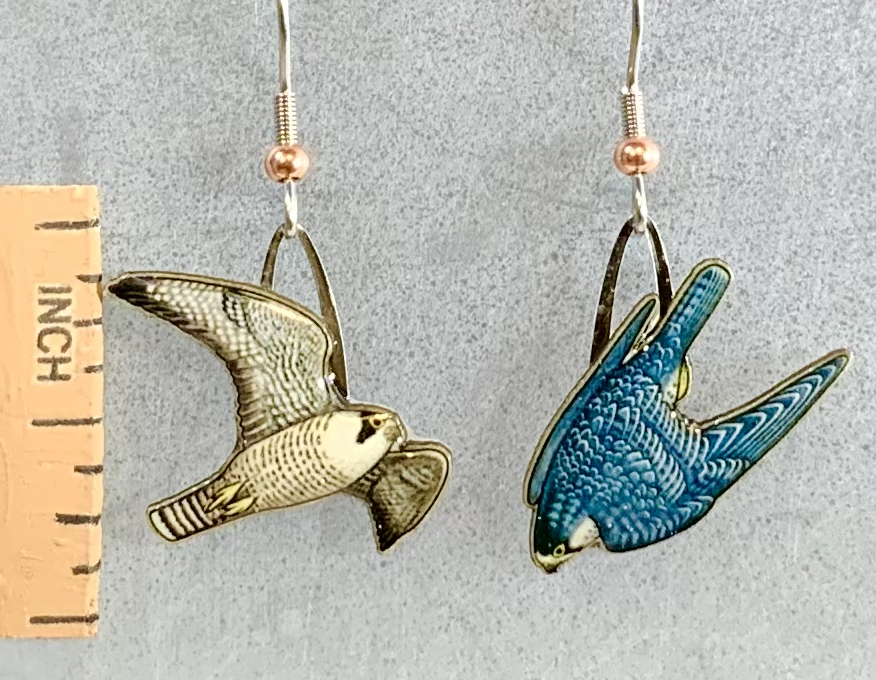
More common in western North America though they are making a come back in the east. Northern birds also use the east coast as a migration corridor.
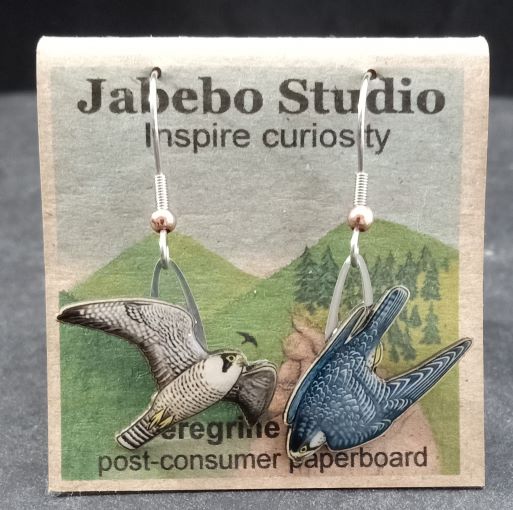
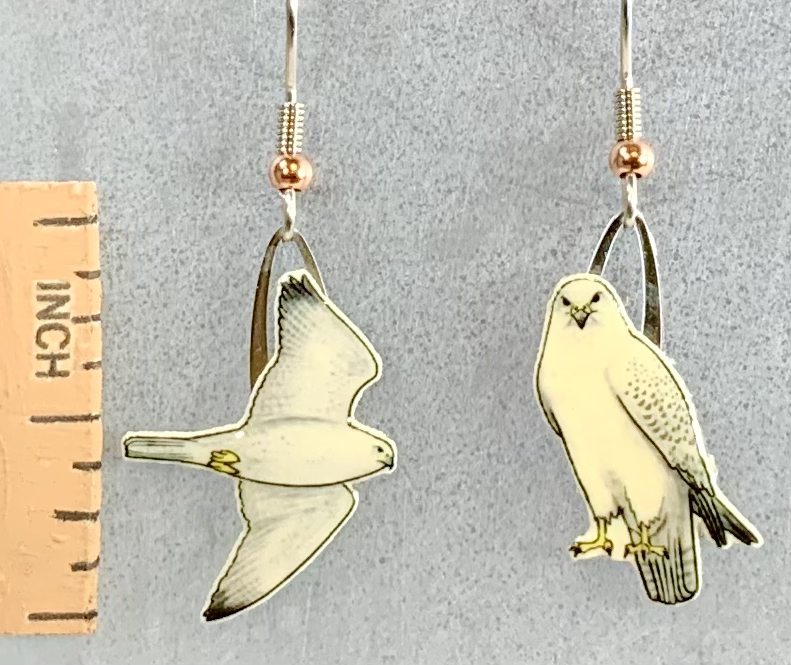
A beautiful falcon of the arctic summer. They spread further south in winter, and like the snowy owl, may occasionally be seen in southern Canada and the northern US.
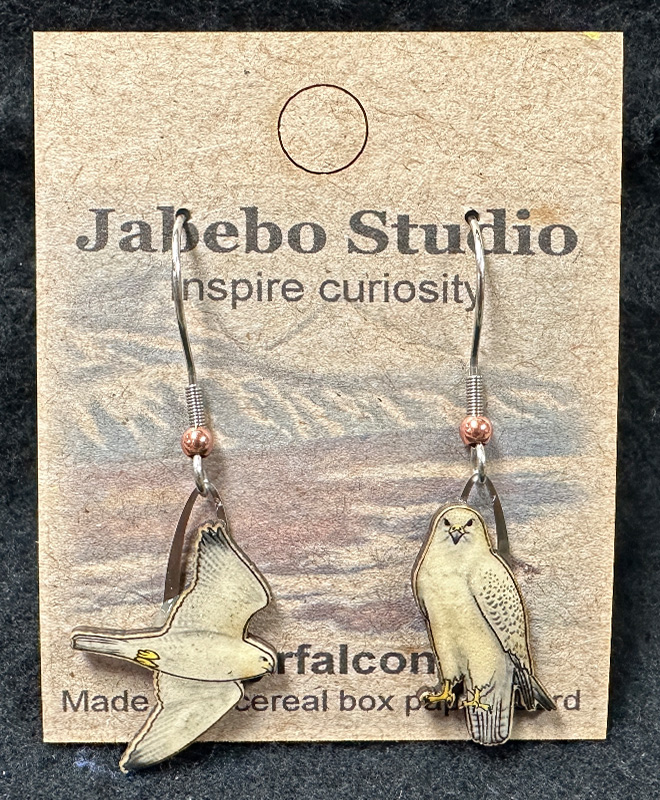
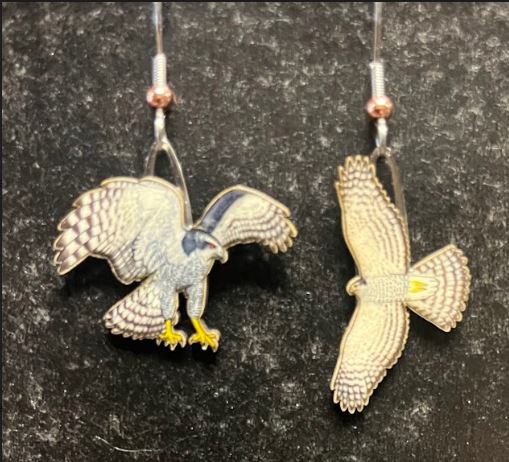
A medium size raptor tied to northern and wilderness areas. Even in their remote habitats, their secretive habits make them difficult to spot. However, they are a spectacular bird and a favorite among raptor specialists.
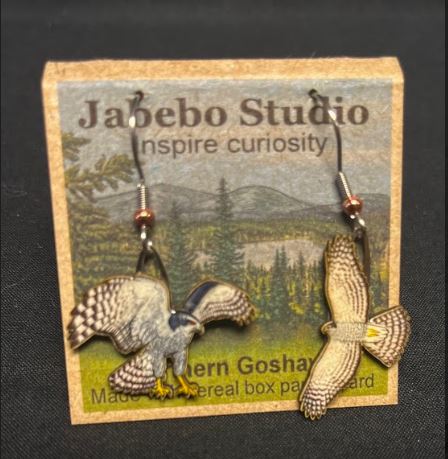
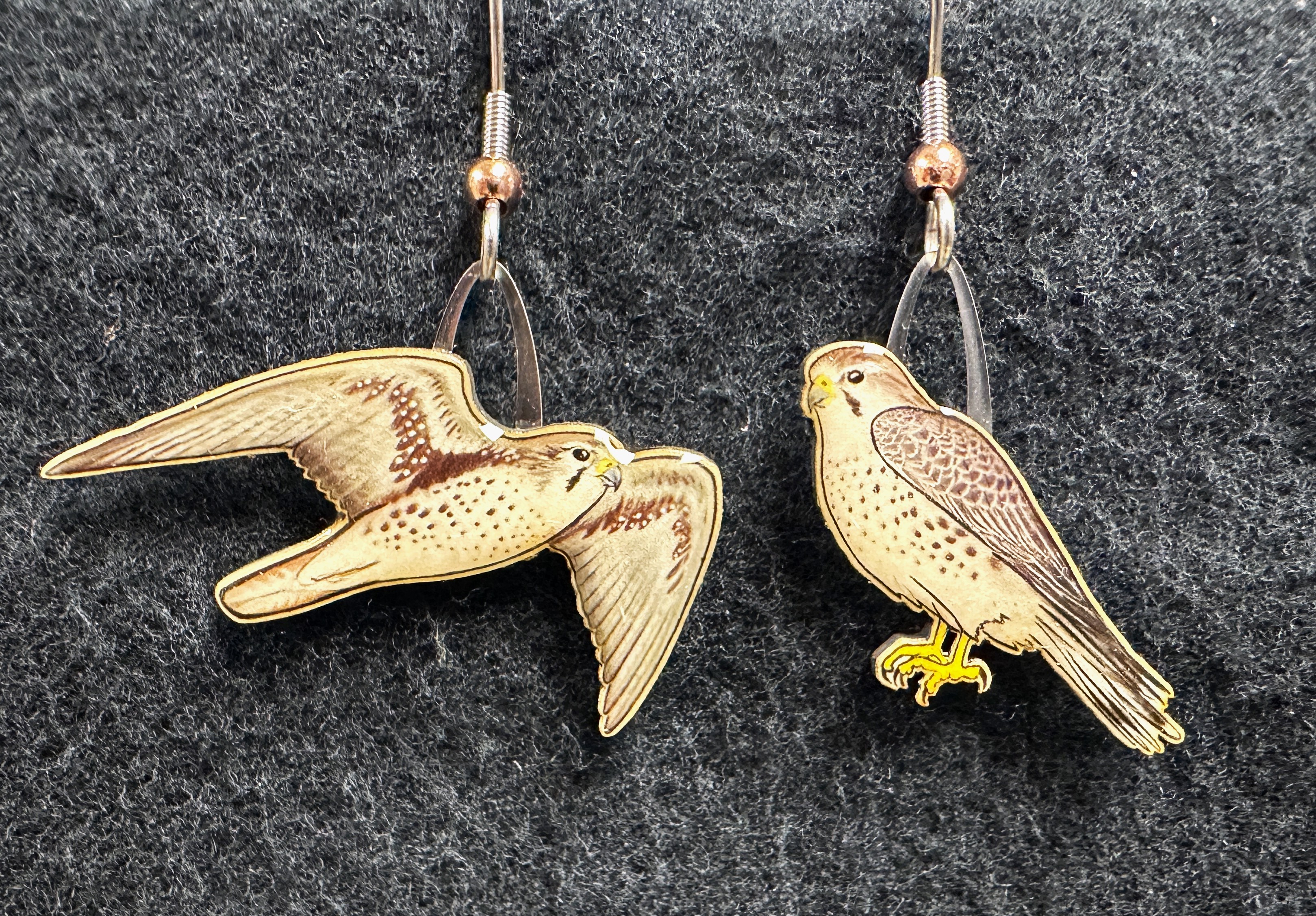
This medium size raptor is common in grassland and desert habitat of the Great Plains and dryer country to the west. You will see it gliding low over open landscapes, nesting on cliffs and similar structures. They do no build their own nests, but will opt to use materials left over by other birds.
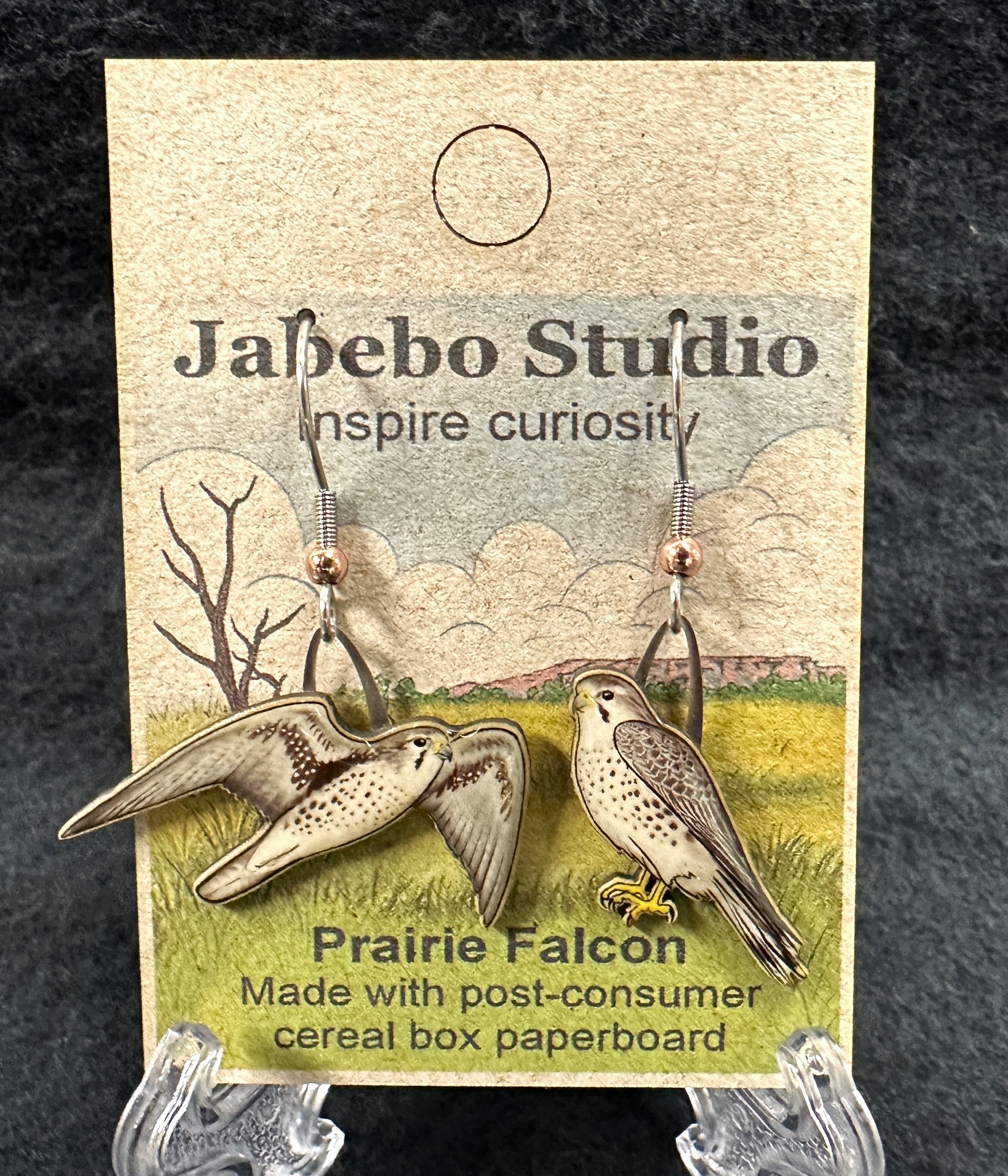
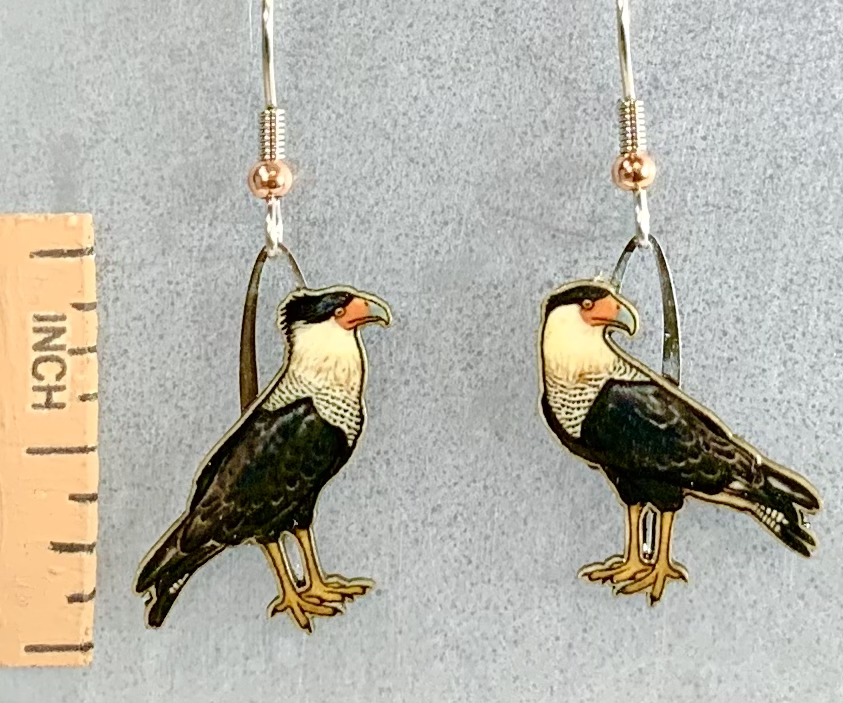
Mostly a tropical falcon with vulture like habits. Their range extends Mexico into southern Florida and South Central Texas.
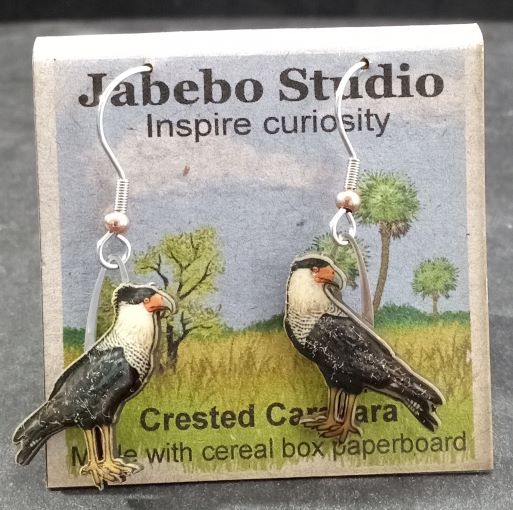
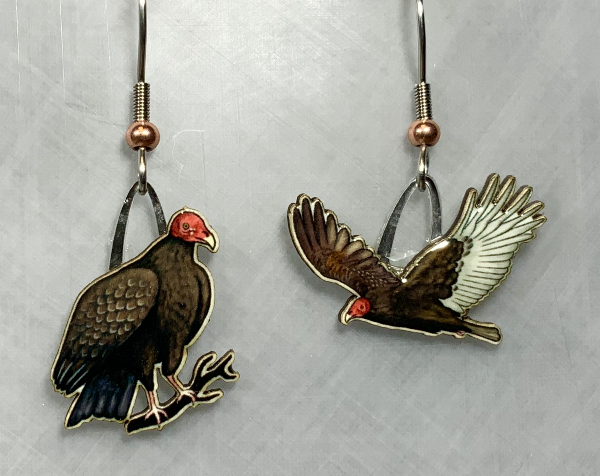
Our most far ranging vulture living throughout most of North America. From above they use their strong sense of smell to find carrion to feed on.

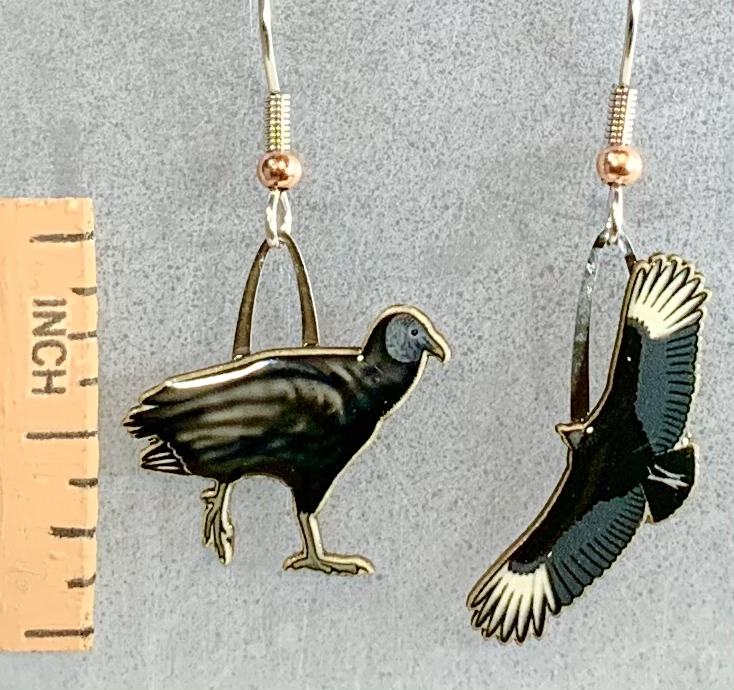
Black vultures mostly live in the east and southeast. Their excellent eyesight helps them to find food, often by spotting Turkey Vultures who are better adept at using their noses. When you see vultures soaring above look up to see if you can spot any stars on the wing tips to see if Black Vultures are present.

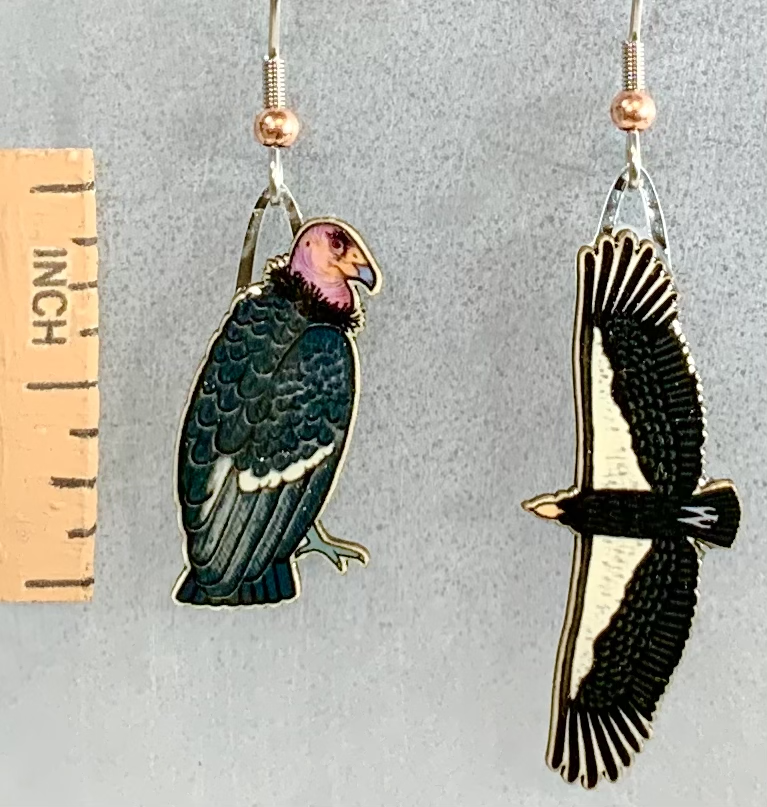
Endangered and once reduced to 22 captive birds the species has been re-introduced to southern California, Arizona and parts of the Baja Peninsula. They fly over large areas to find food and nest and roost of cliffs.
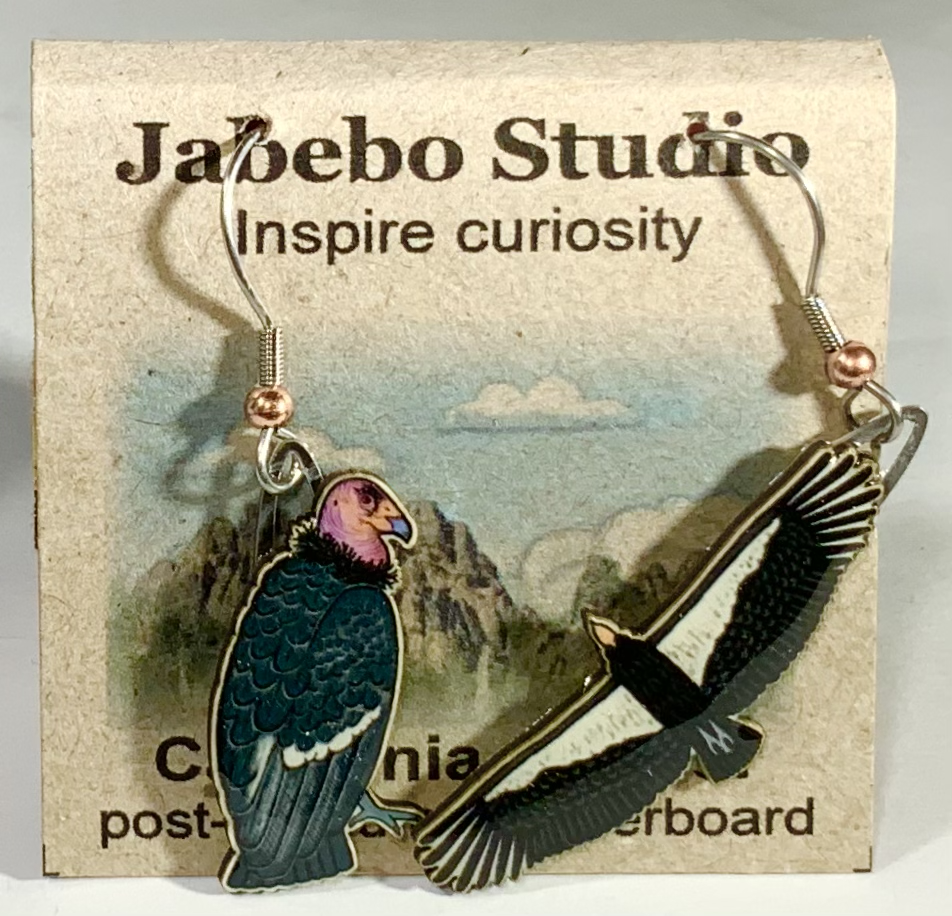
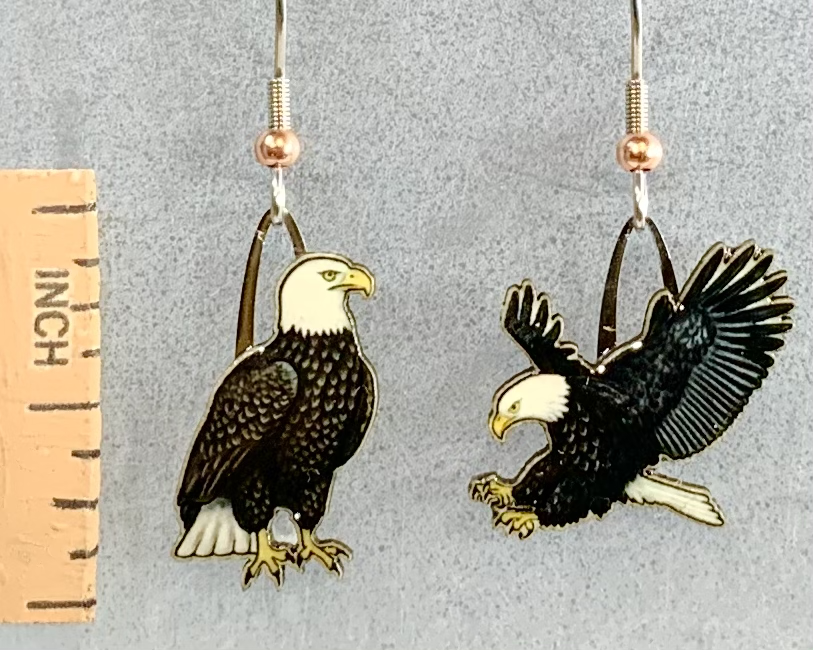
Bald Eagles have come back since their decline in the recent past.
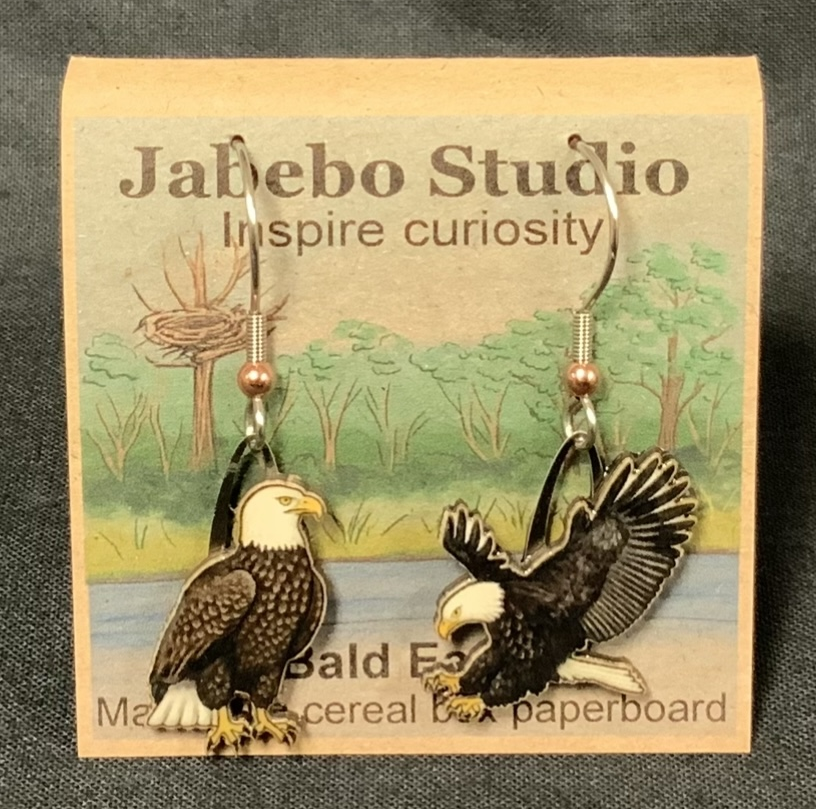
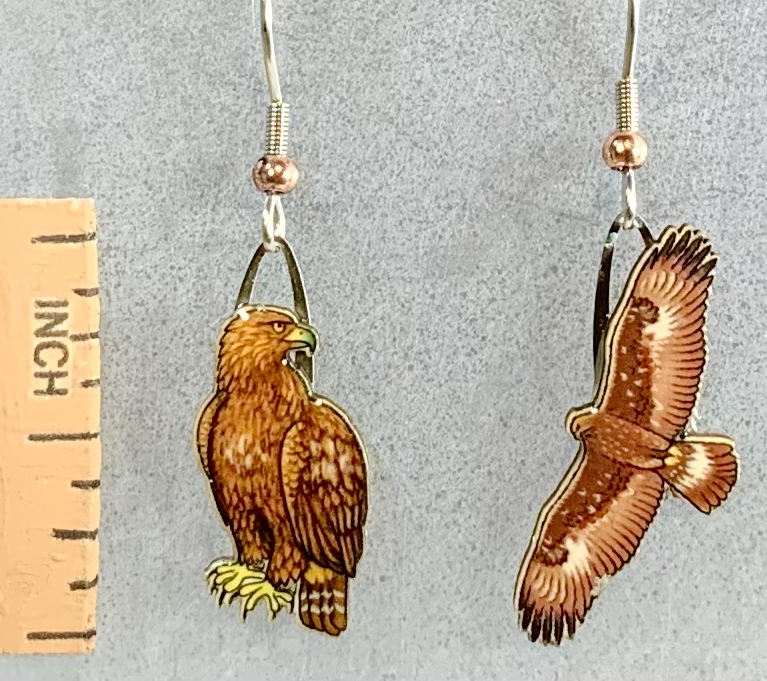
Mostly a bird of the west and far north but migration and winter ranges bring them into the eastern US. They thrive on open grassland and are less associated with lakes and rivers than is the Bald Eagle. This design is an update of our original Fall 2009 design.
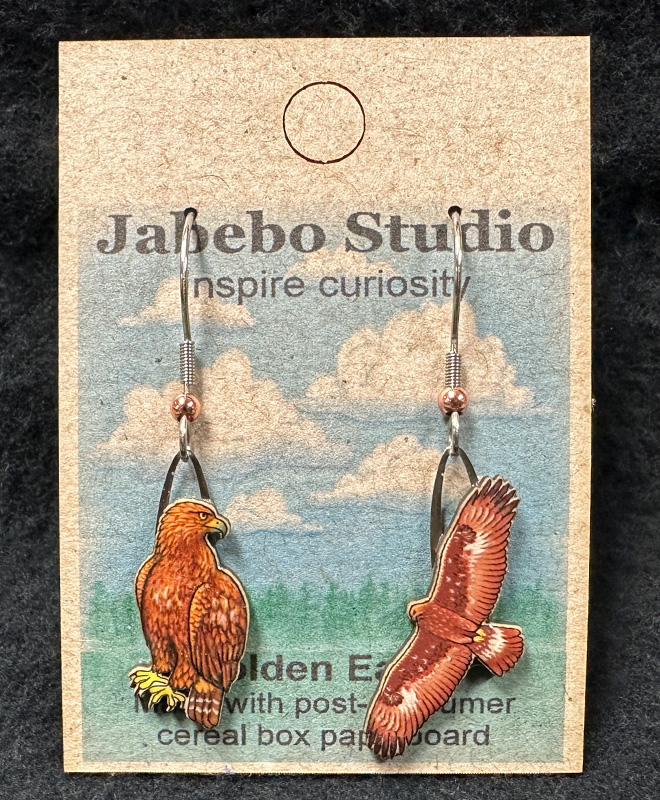
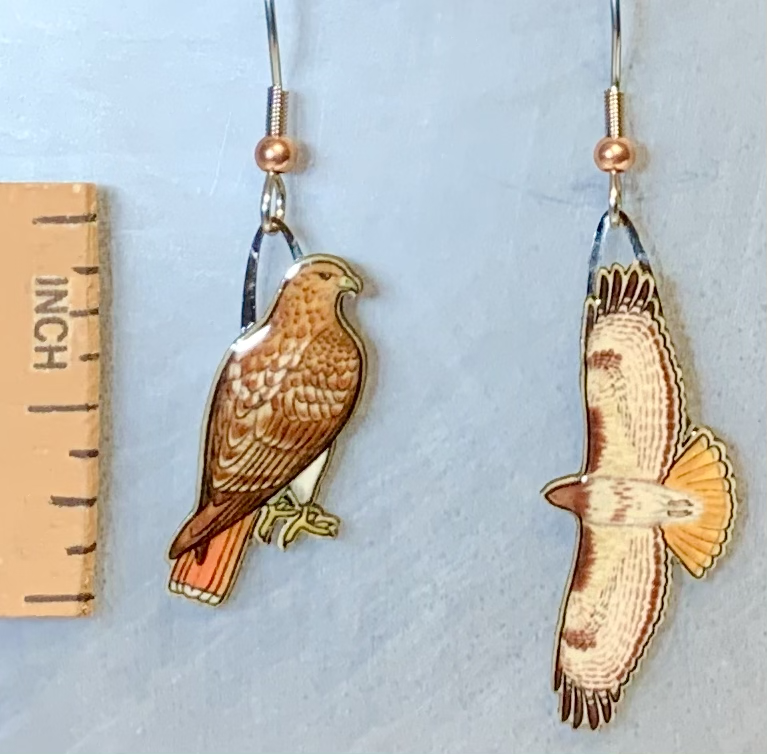
These hawks live everywhere on the continent, in almost all kinds of open habitat where they can find their prey. Suitable habit is widespread from prairie, meadows and open woodland to city parks and spaciously treed boulevards. They nest far up into Canada and most birds in the US stay around their home territory throughout the winter.
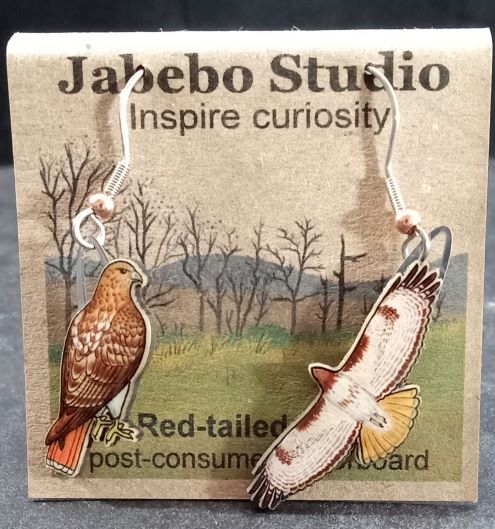
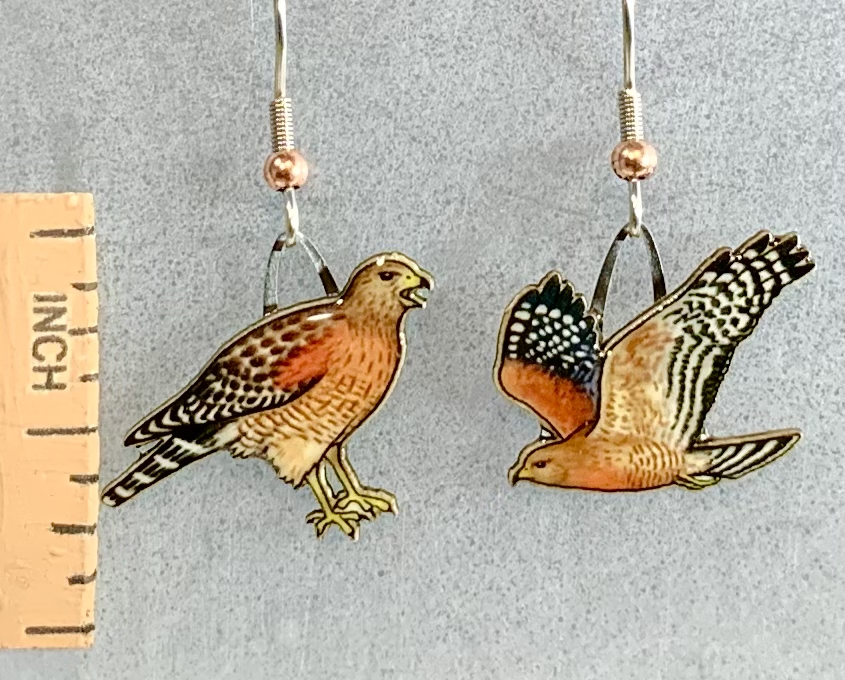
Typically this medium size raptor hunts in eastern forests but also is found in California in similar habitat. Design by Kevin.
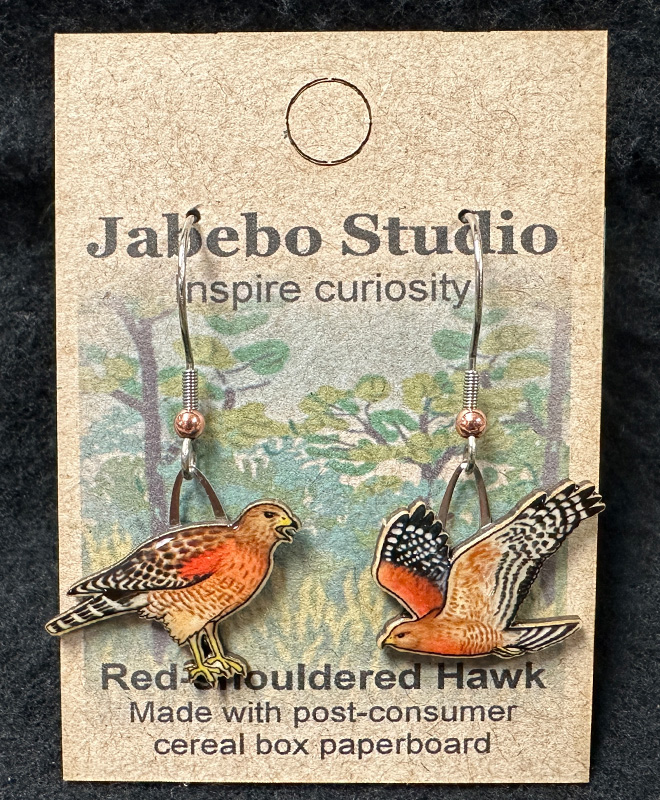
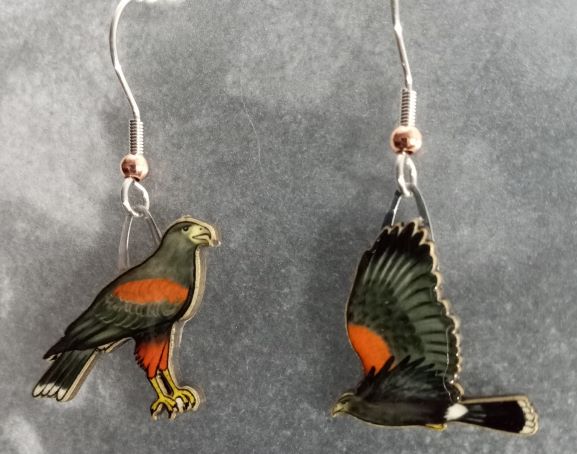
This endemic hawk of southwestern deserts and scrub habitat is also popular among falconers and handlers who work intimately with these birds. They are social by nature and seem willing to work with human counterparts.
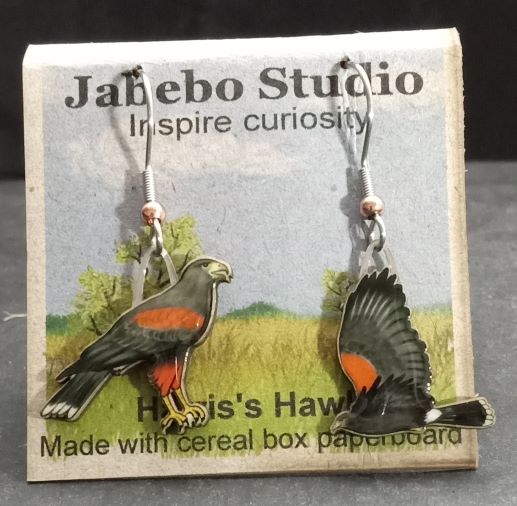
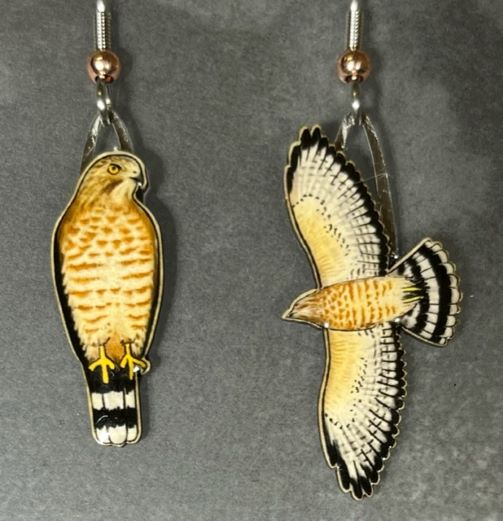
As medium size hawk that lives among the trees of eastern forests it may be difficult to catch a sighting of one on its perch. However, they can be spotted when soaring in the open space above their preferred habitat. Design by Kevin
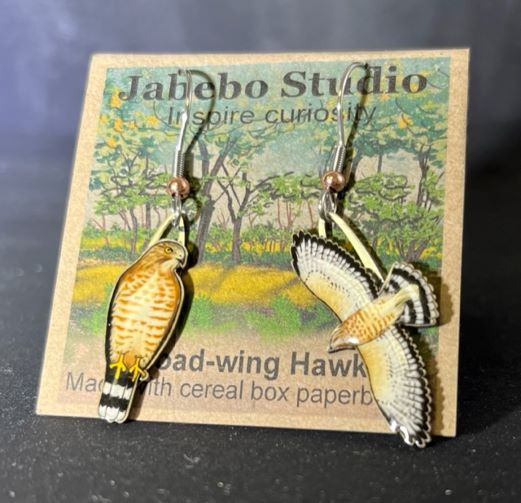
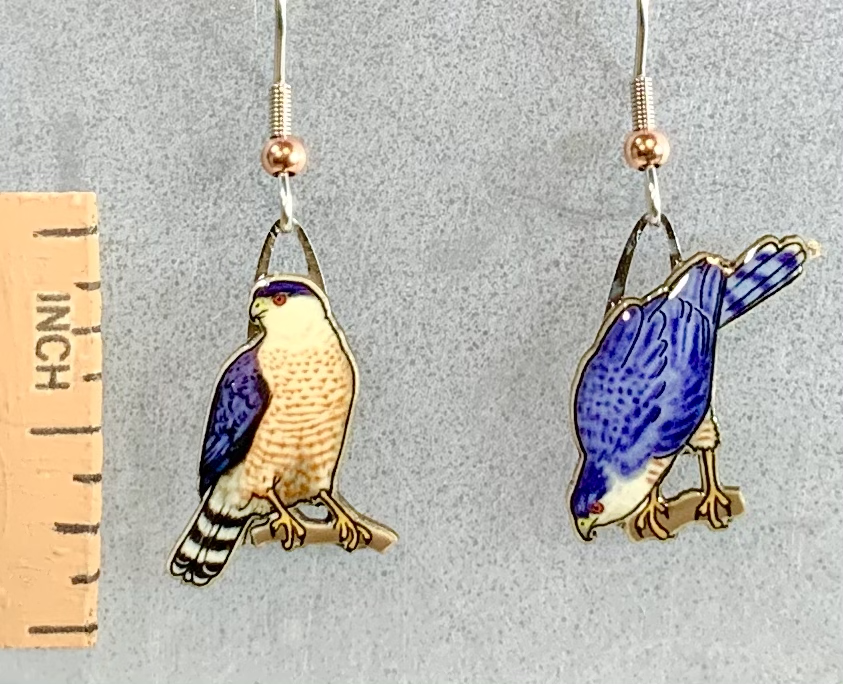
This hawk summers throughout the temperate climate zones were it finds forests, both wild and suburbs/small towns with lots of trees. With a great deal of overlap in their summer vs winter ranges they may be seen in much of North America year round. Comfortable in human habitat the species is a member of the backyard wildlife community.

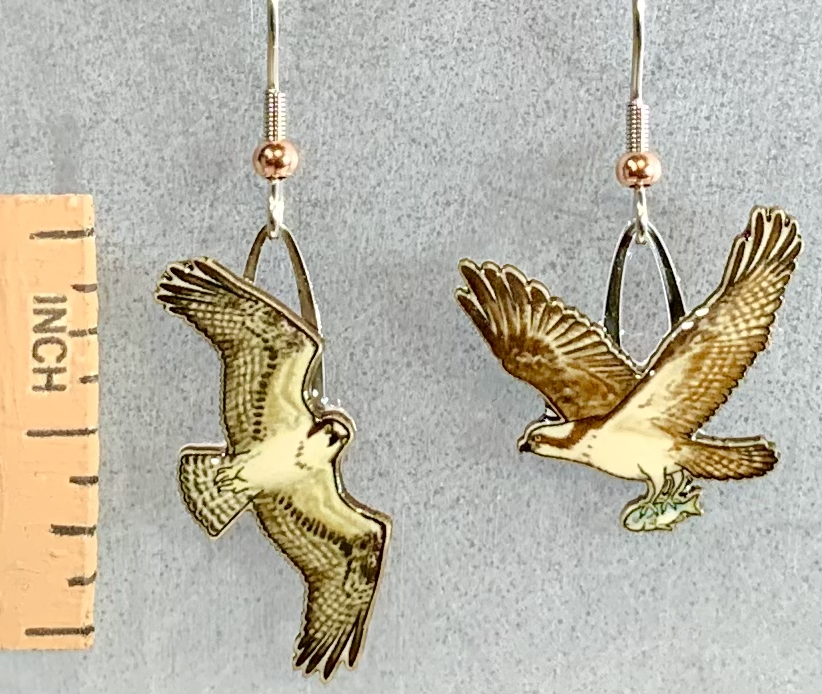
These raptors specialize on catching fish, and are amazingly good at it. They are common along both the coasts and interior bodies of water, where the birds and their nests are easily spotted.

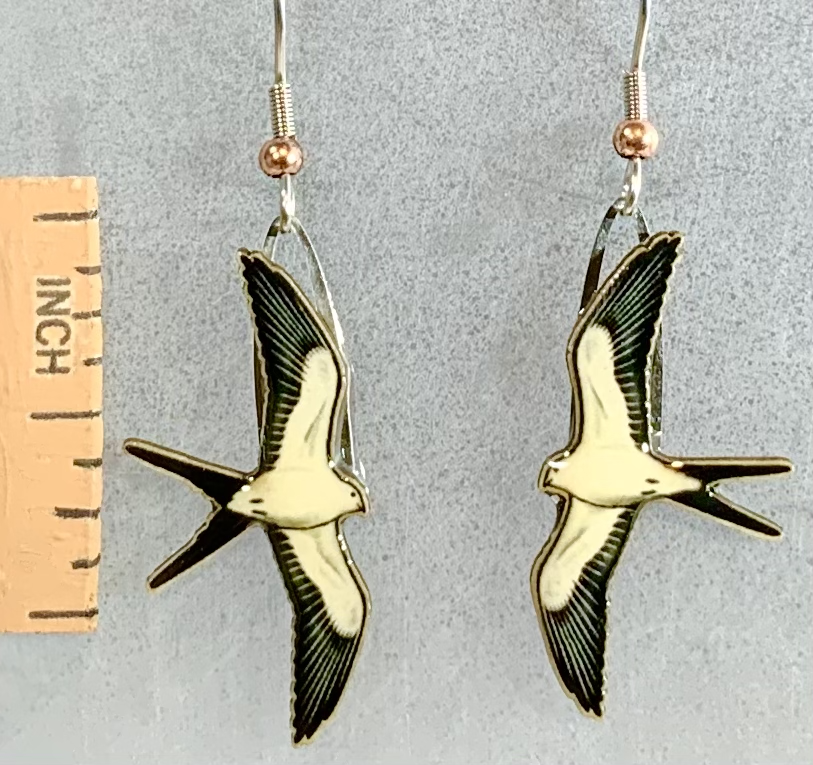
The South East coastal region, and the Florida Peninsula especially, is the only North American location where these raptors are common. They like tree lined waterways and fields for hunting large insects on the wing.
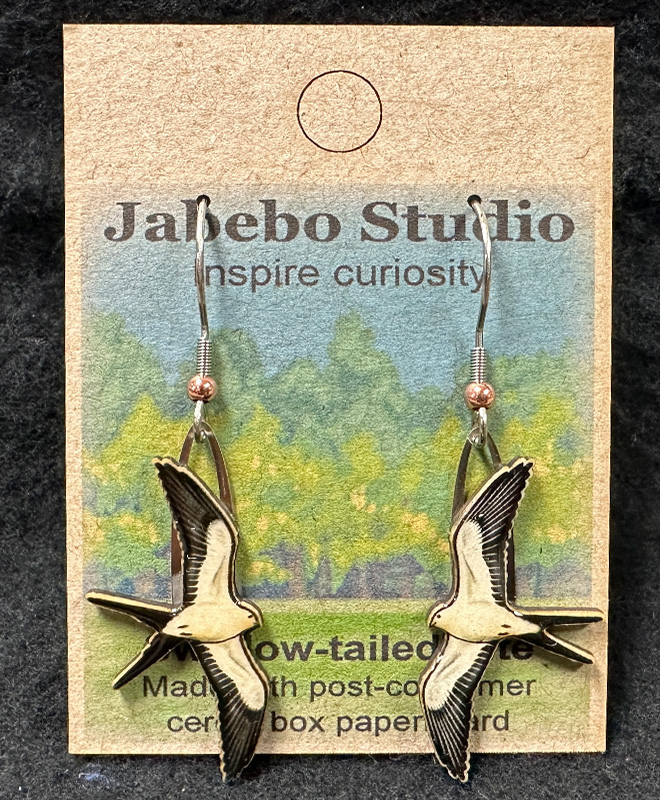
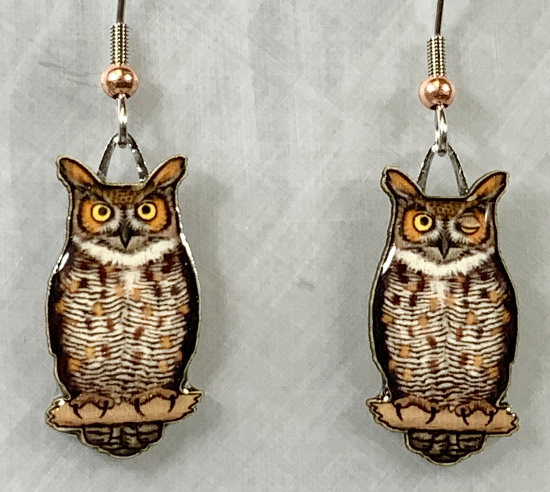
A favorite amongst the large owls for a good reason: they live in a variety of habitats throughout North America.

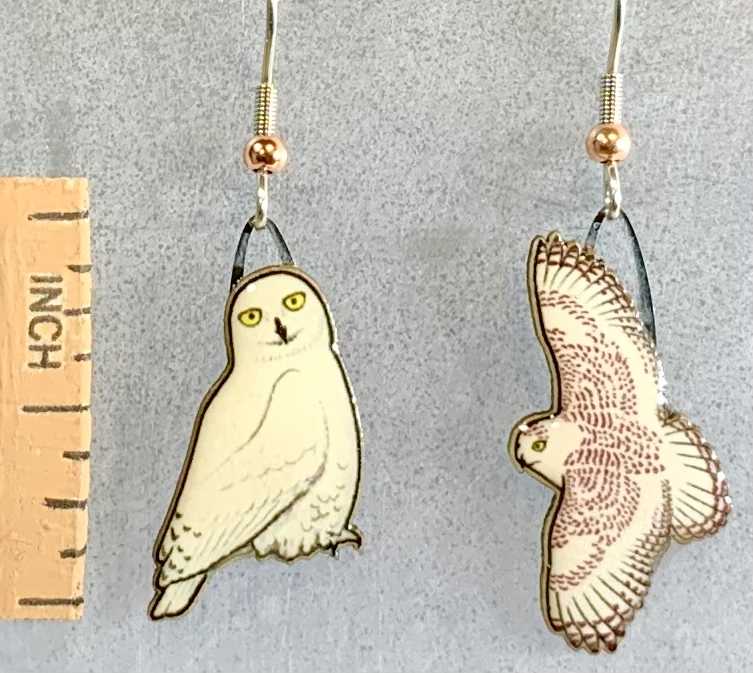
An Arctic breeder. In winter many individuals move further south to the border states and even further in eruption years.
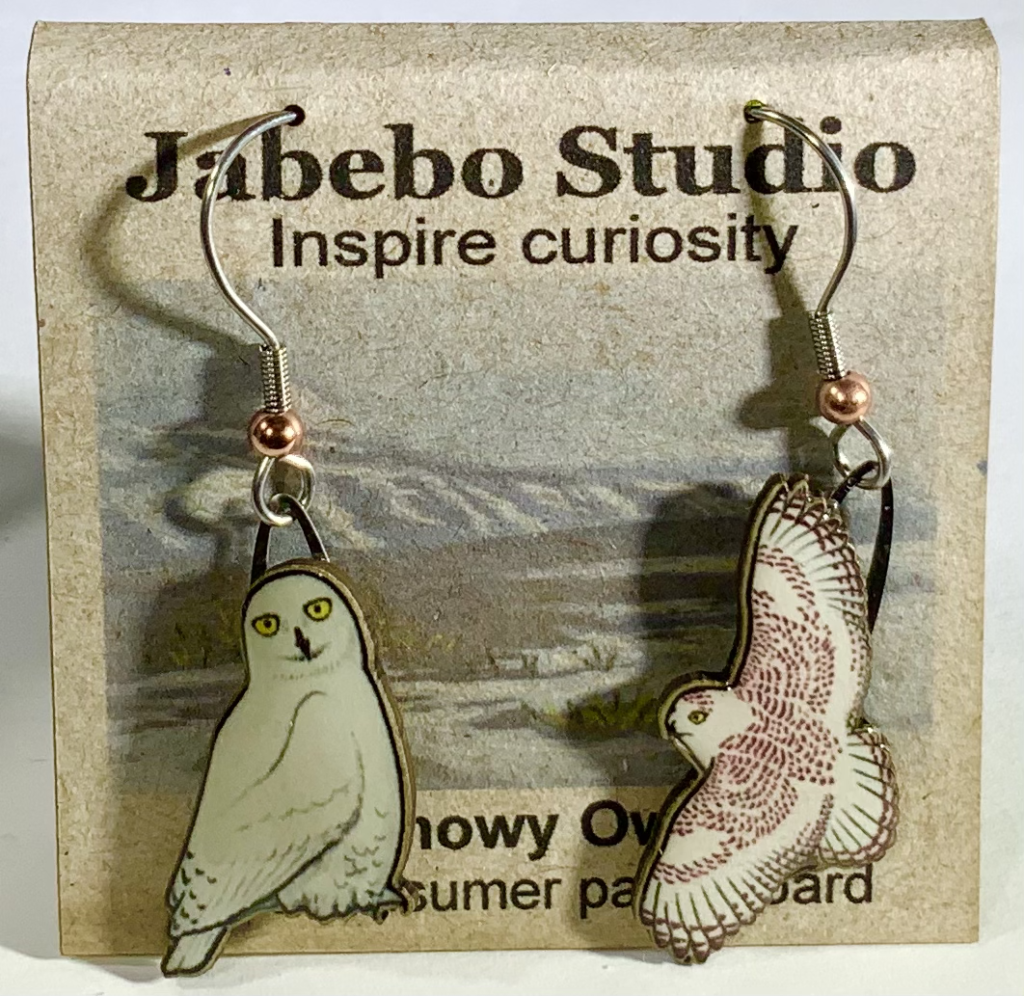
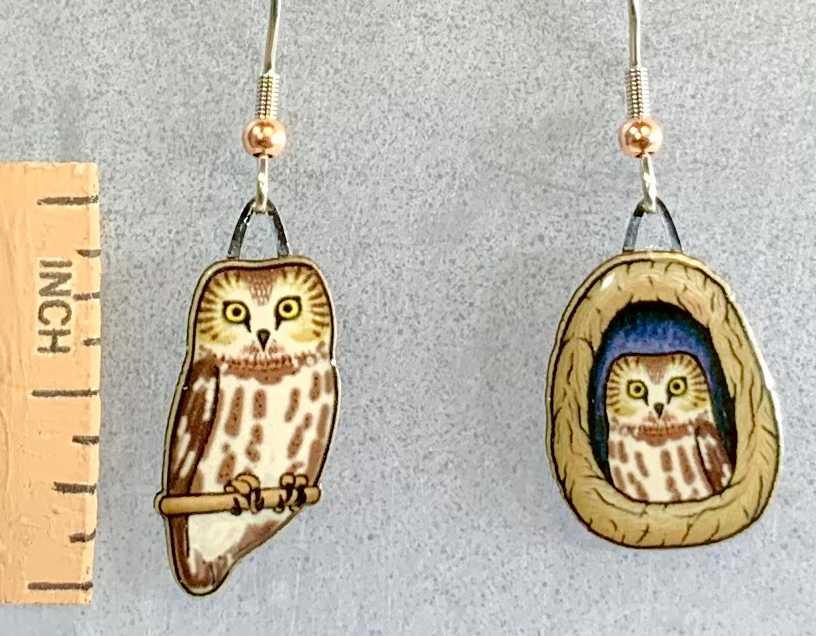
Nest in woodlands of Northern States and Canada. Their breeding range does extended south along mountain ranges.

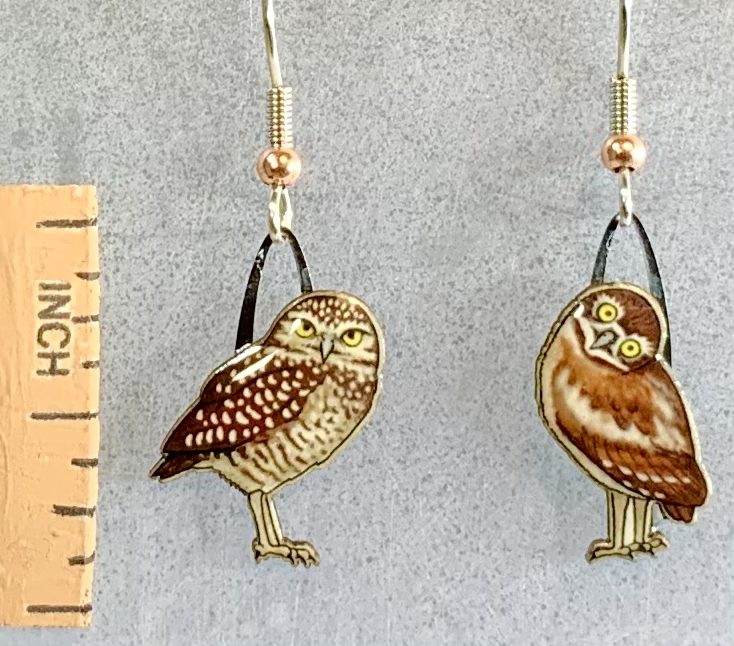
A peculiar species of owl native to Southwestern grassland and desert region. They roost in underground burrows and spend much of their life on the ground hunting with their long legs, although they are capable of flight.
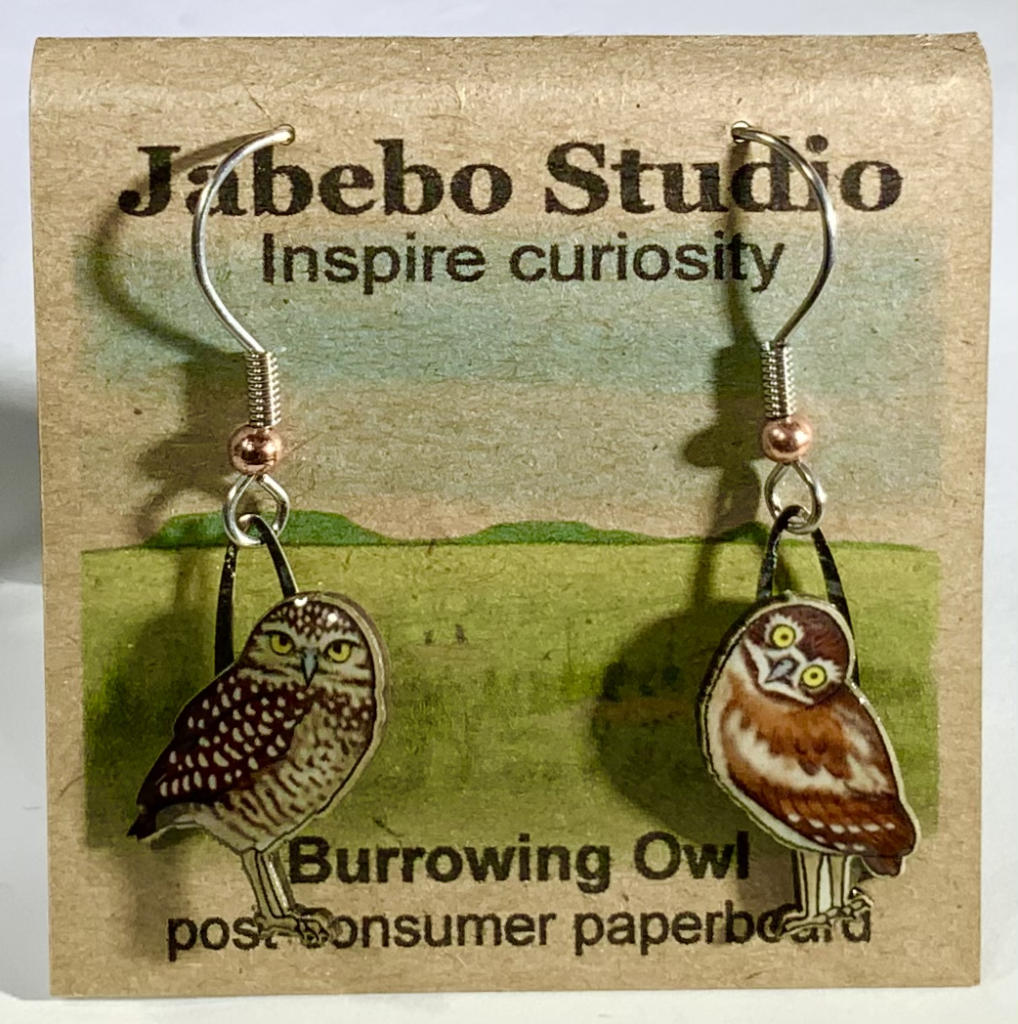
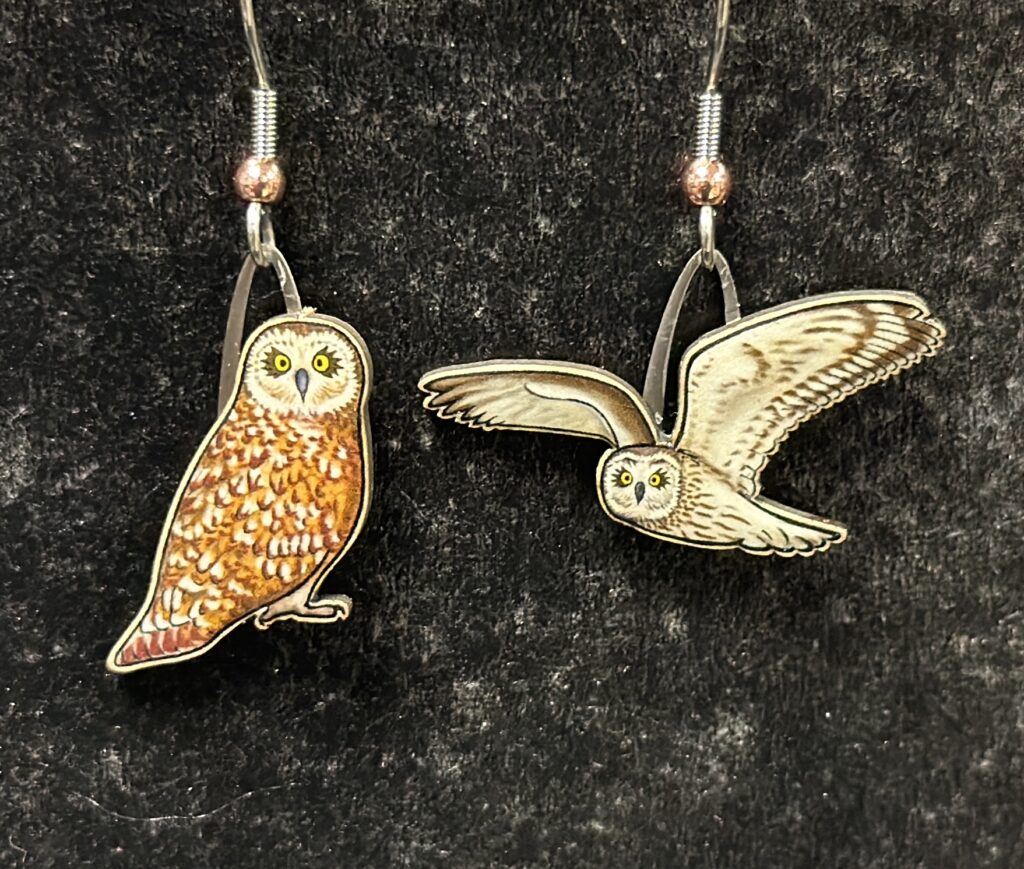
These unique owls are most likely to be spotted flying over open grassy/shrubby habitat during dawn and dusk hours. They are the owl species most likely to be active during daylight hours. Though their breeding habitat is in the northern tier, they can be seen in any region of the continent at other times of year.

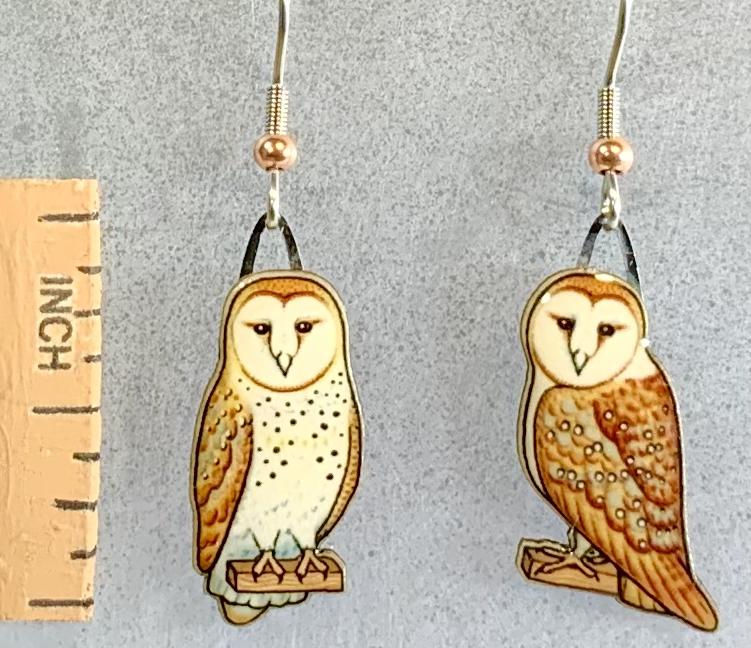
These owls are widespread throughout the United State except the very north and Canada. They also do not utilize mountain ranges. They will choose to hunt in a variety of types of open spaces.
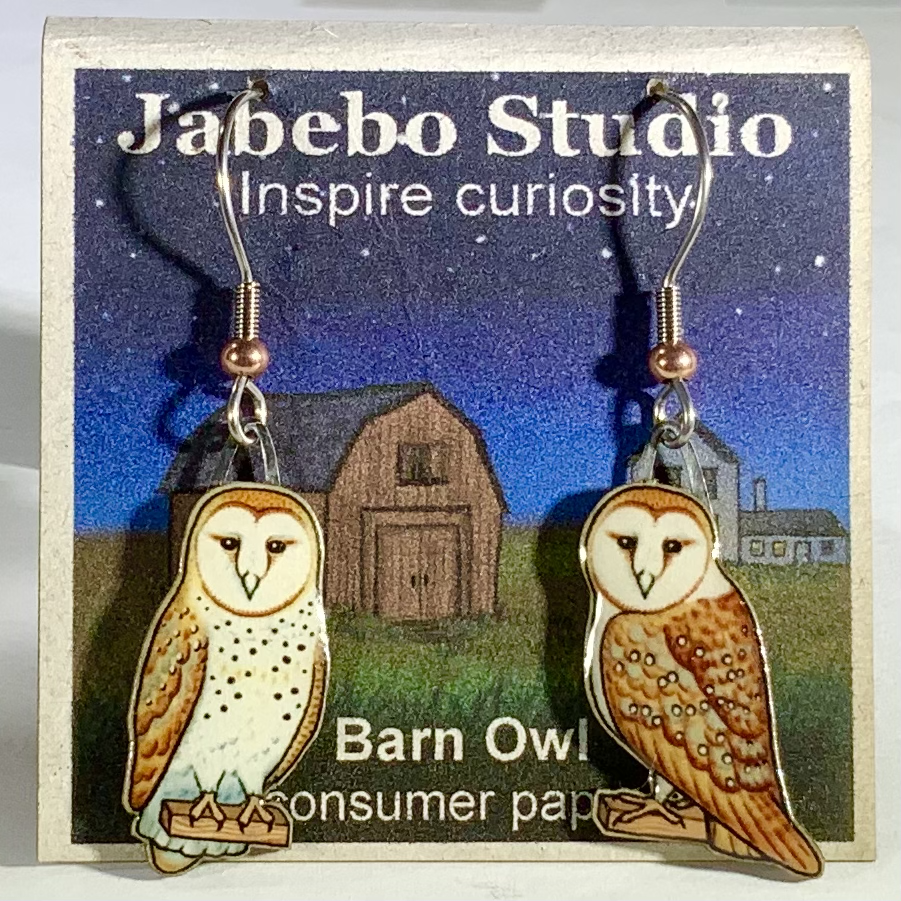
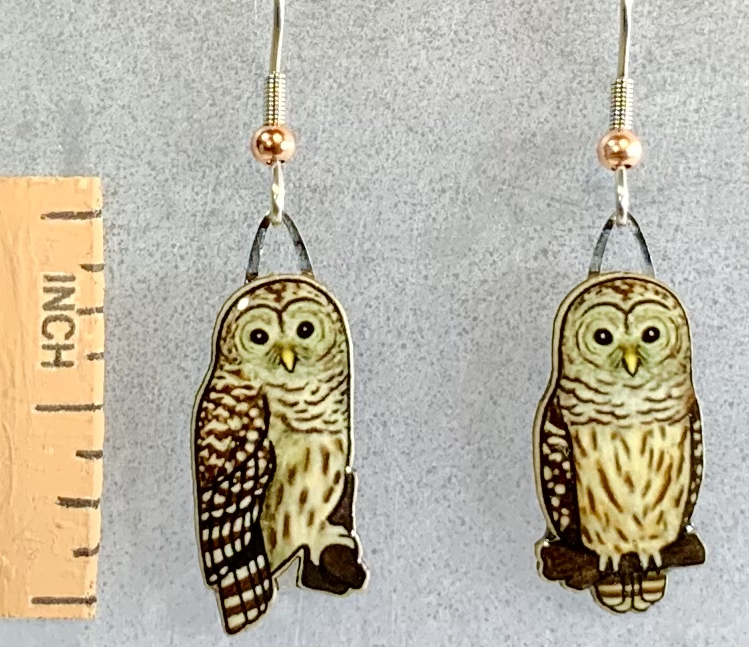
Live in mature forest primarily in the east and especially southeast swamps and wet forests.

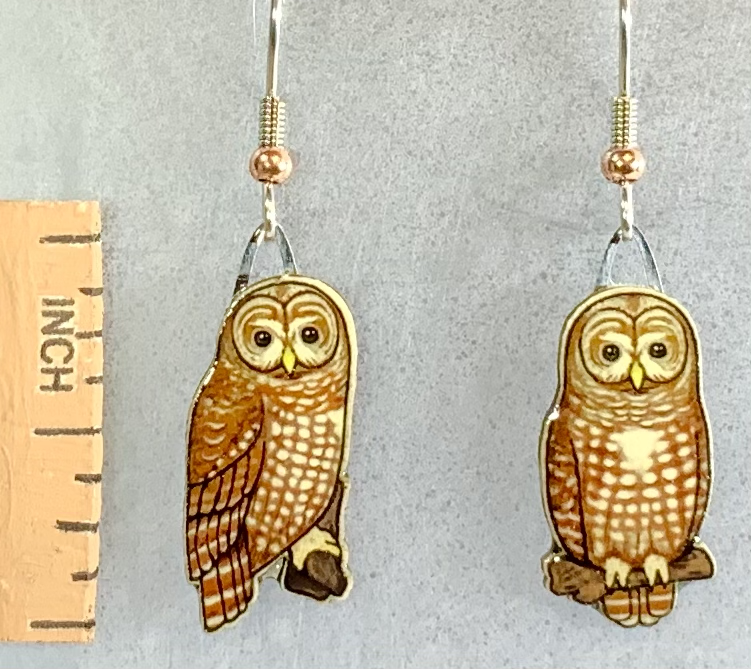
A similar species to the Barred Owl in appearance, they are much more specialized in their required habitat. Spotted owls distribution is limited to dense undisturbed old-growth forests of the west. They are threatened due to habitat destruction and from competition with Barred Owls who are expanding their own distribution in some parts of the west.
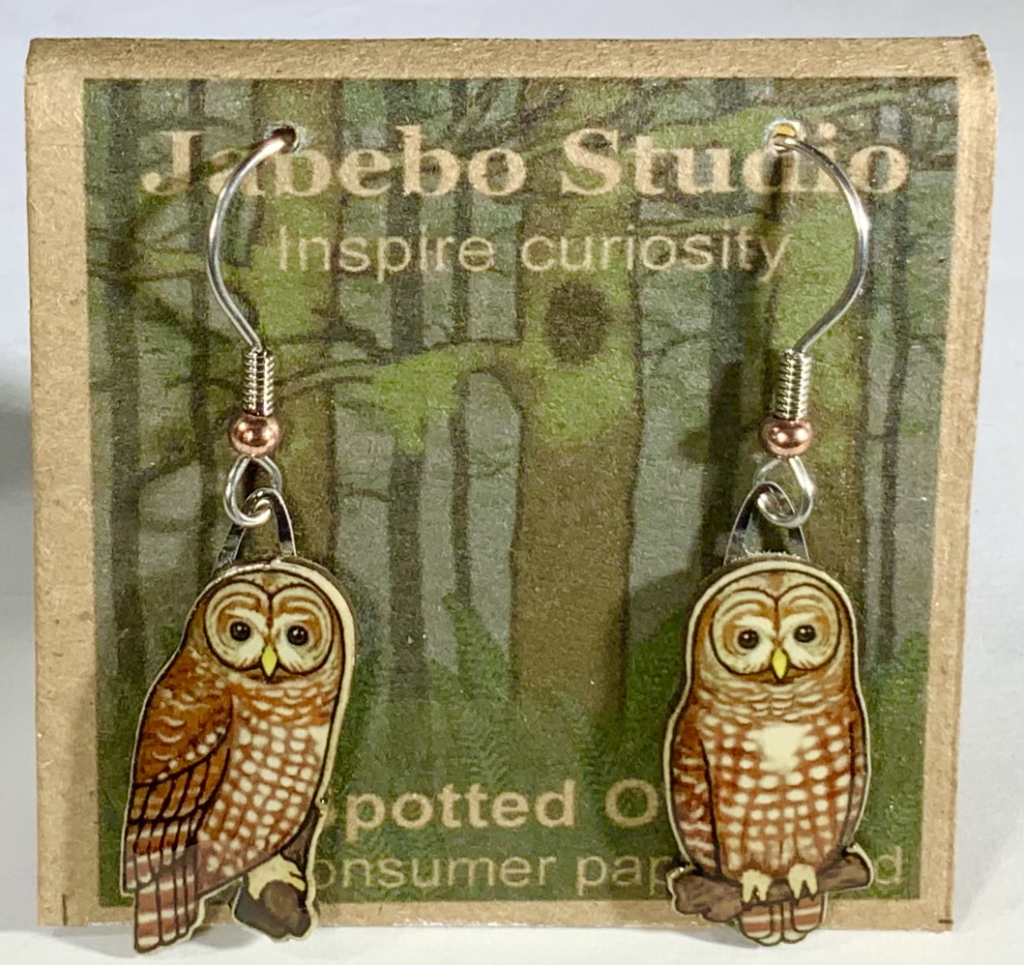
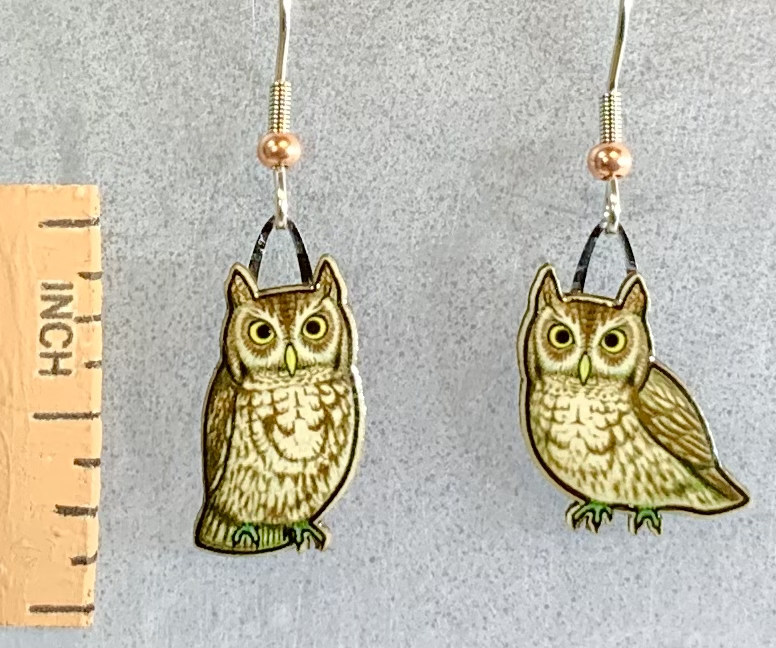
Western and Eastern Gray Screech Owl are two species very similar in appearance. We use the same design for both though in the real world their ranges are divided by the open country of the great plains and the Rocky Mountains. Both live in a variety of woodland habitat including towns and urban areas with plenty of trees. Together these small gray owls live in all states of the lower US but less frequent in alpine and great plains. The western species extends north through British Columbia.
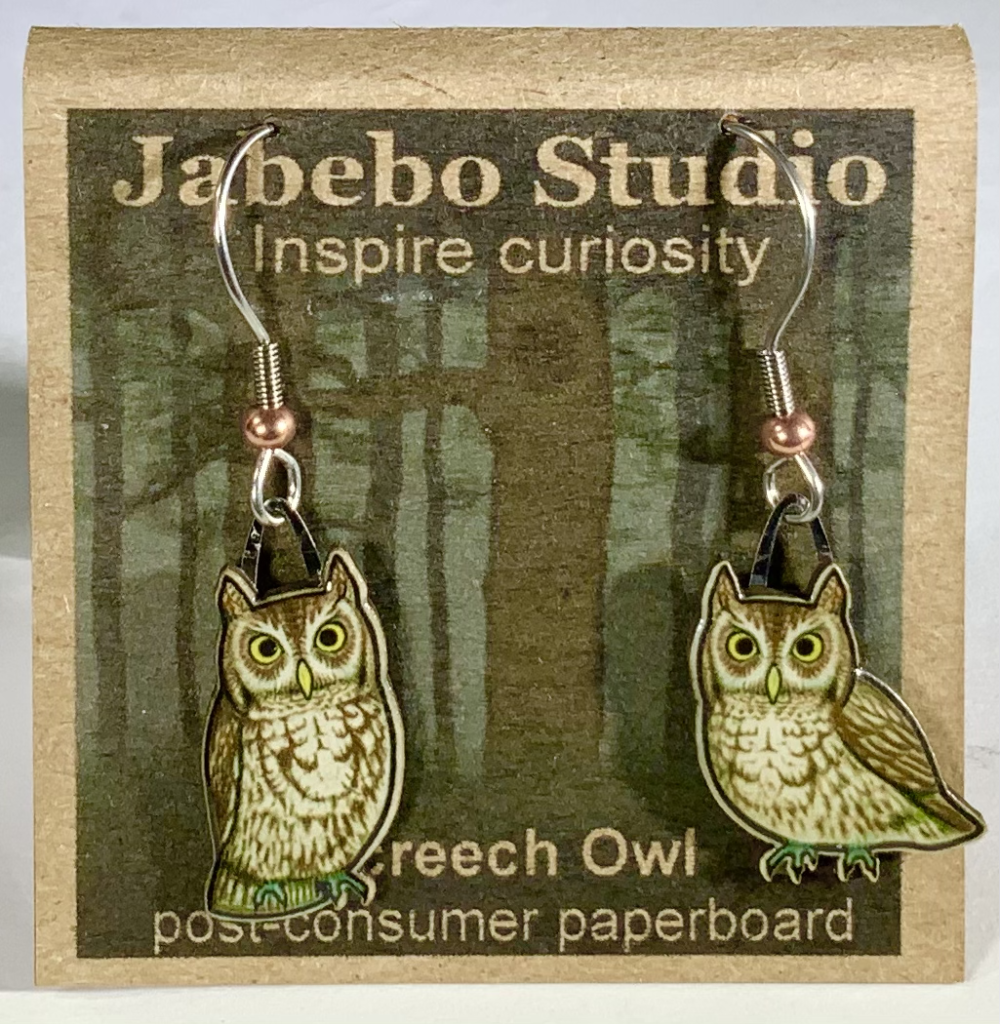
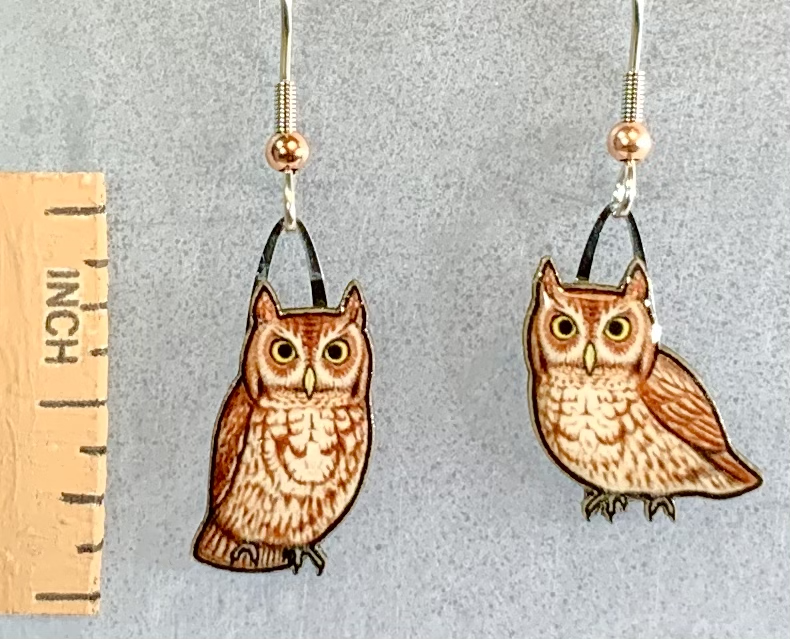
The Eastern Screech Owl has two color phases. The red phase is more common in the eastern parts of its range.
